Does your furry best friend seem a bit...creaky lately? Maybe they’re slowing down on walks or struggling to jump on the sofa. While a touch of the ‘old dog shuffle’ might seem endearing, those aches and pains could be signs of a more serious condition known as degenerative joint disease.
In this article, we’ll go through everything you need to know about this common condition: what it is, what symptoms to look out for and how to keep your companion’s joints as pain-free as possible.
The good news? There is so much you can do to manage DJD and keep your dog comfortable as they age.
What Is Degenerative Joint Disease In Dogs?
Arthritis isn't just a human health concern. Our canine friends can experience it too. Osteoarthritis, also known as degenerative joint disease (DJD), is a progressive condition that affects the cartilage within your dog’s joints and is a frequent cause of pain in dogs.
Imagine your dog’s joints like well-oiled hinges. Healthy joints have fluid and cartilage that act as cushions, allowing for smooth, pain-free movement.
But with DJD, these cushions wear down. The fluid decreases and the cartilage thins, making movement stiff and uncomfortable. Like a door with rusty hinges, the joints just don’t move as they should.

If you’re wondering if DJD can be prevented or cured, the answer is sadly, no. It’s a chronic disease that occurs in roughly 25% of dogs, most commonly in senior pets and is irreversible.
However, there is a lot we can do to manage it and keep our dogs comfortable, including better nutrition, joint support and weight management.
First, let’s try and understand the causes of this common condition.
What Causes Degenerative Joint Disease In Dogs?
DJD is often a complex puzzle. Several things can make a dog more prone to arthritis, including the natural wear and tear of ageing. Joint issues present from birth, like hip or elbow dysplasia, can also increase the risk. Past injuries and repetitive strain can take their toll, as can the demands of an active lifestyle in working or athletic dogs.
Excess weight puts extra pressure on joints, and underlying health problems like diabetes or Cushing’s disease can also contribute.
It’s often a combination of these factors that leads to arthritis, so it’s helpful to be aware of them all.
While osteoarthritis is more common, dogs can also develop a different condition known as inflammatory joint disease, often triggered by infections (bacterial or fungal) or even an inherited immune issue. Your vet will be able to clarify.
What Are Degenerative Joint Disease Symptoms In Dogs?
DJD is a gradual process, and the signs might initially be subtle. It’s important to be aware of them from the get-go.
Has your playful pup become a couch potato? Are they hesitant to climb the stairs or lagging behind on walks? These could be early signs of DJD. Don’t wait for it to worsen – schedule an appointment with your vet to discuss any changes in your dog’s activity, such as:
- Hesitation or stiffness: struggling to get up, climb stairs or jump.
- Activity changes: less interest in walks, playtime or other activities.
- Subtle discomfort: licking or chewing at joints, sleep disturbances or irritability.
By understanding the early signs of DJD and taking steps to manage it effectively, we can help our furry friends enjoy a life full of mobility and joy.
How To Slow Down The Onset Of Degenerative Joint Disease In Dogs
While age-related DJD can’t be completely prevented, there are steps you can take to reduce the risk and delay the onset of symptoms. Early intervention and a multi-faceted approach are key to supporting their long-term joint health.
Here, we list six ways you can help ease the pain and minimise stiffness.
1. Prioritising Proactive Joint Care
Just as we prioritise our own wellbeing, proactive care is essential for our dogs’ joints. Incorporating high-quality joint supplements into your dog’s diet can help support cartilage health and overall joint function.
With decades of experience, our vet-recommended supplements are trusted by owners and loved by dogs. Easy to use, gentle on the gut and crafted for lasting results in your dog’s movement, our all-natural supplements offer optimal joint support.
2. Weight Management
Work with your vet to determine your dog’s ideal weight and create a safe weight-loss plan. Measure their food (don’t just eyeball it) and swap out those calorie-laden biscuits for healthier options like carrots or apples.
3. Physical And Mental Stimulation
Regular, low-impact exercise like swimming or gentle walks can help maintain joint flexibility and muscle strength. While those long runs in the park might be a thing of the past, keeping your dog active and engaged is still important. It's not just about physical exercise; mental stimulation is crucial too! Try introducing new toys and puzzle feeders to keep their minds busy and those tails wagging.
4. Complementary Therapies
Explore options like physical therapy, hydrotherapy or acupuncture, which can offer relief and improve mobility.
5. Changing Your Dog’s Environment
Simple changes around the house can make a world of difference for a dog with DJD. Swap out their old bed for an orthopaedic one that cushions their joints. Help them up and down stairs or onto furniture and consider a ramp for easy access to the car. If you have slippery floors, add some rugs to give them better traction and prevent painful slips.
6. Veterinary Care
Your vet is your key partner in managing your dog’s DJD. They can offer valuable guidance on pain management and prescribe anti-inflammatory medications to help keep your dog comfortable.

The Star Ingredients To Help Ease Joint Pain
Glucanine’s joint care powders or pastes stand out with their unique blend of neutraceuticals, each playing a crucial role in supporting joint health and combating DJD in dogs. Let’s break down the key ingredients needed to help reduce cartilage wear and promote mobility.
- Glucosamine: stimulates cartilage repair and reduces inflammation.
- Collagen: provides strength and elasticity to joints.
- Chondroitin sulphate: protects cartilage and keeps it hydrated.
- MSM (methylsulfonylmethane): contains sulphur, vital for strong and healthy cartilage.
- Hyaluronic acid: lubricates joints for smooth movement.
- DL-methionine: blocks cartilage breakdown and supports repair.
- Essential amino acid complex: provides building blocks for joint tissues.
This powerful combination helps reduce cartilage wear, improve mobility and support overall joint health.
Common Questions About Degenerative Joint Disease In Dogs
Is Degenerative Joint Disease Hereditary?
While DJD can develop from injuries or wear and tear over time, genetics also play a role. Certain breeds, such as Labrador Retrievers, German Shepherds and Golden Retrievers, are more prone to developing joint problems and DJD. If your dog is from a breed predisposed to joint issues, it’s essential to be extra vigilant. For breeds prone to hip dysplasia (a common cause of arthritis), ensure breeders prioritise good breeding practices, including hip and elbow scoring of potential parents. This involves X-raying the hips and elbows and assessing them by experts to ensure they meet breed standards.
What About Degenerative Joint Disease In Young Dogs?
While we often associate arthritis with ageing, DJD can affect dogs of all ages. Young dogs aren't immune! Factors like obesity or previous injuries can increase their risk, so it's important to be mindful of their joint health throughout their lives.
What Is Degenerative Joint Disease Life Expectancy In Dogs?
One of the most common questions dog owners have about DJD is how it will affect their dog’s lifespan. The good news is that DJD itself is not a fatal condition. With proper management, most dogs with DJD can live long and fulfilling lives.
The key is to focus on slowing the progression of the disease, managing pain and maintaining mobility. With careful management, many dogs can enjoy a good quality of life for a considerable time. However, it’s important to be mindful that certain activities, like strenuous exercise or agility training, may need to be modified or avoided.
Sadly, even with treatment, DJD is a progressive disease. If your dog’s mobility and quality of life deteriorate significantly, it’s crucial to have open and honest conversations with your vet about their comfort and wellbeing.
Happy Joints, Happy Dog, Happy Life!
When it comes to your dog’s joint health, don’t settle for anything less than the best. Remember, joint pain can affect dogs of all ages and, if left unmanaged, it can lead to more serious problems down the road. By taking a proactive approach, you’re giving your dog the gift of comfort, mobility and a life full of joyful moments.
Concerned about your dog's joint health? Glucanine offers a natural way to support their mobility and comfort. Visit our website to discover how Glucanine can help.
Always work with your vet to create a personalised joint care plan for your furry friend.
Show your dog how much you care.

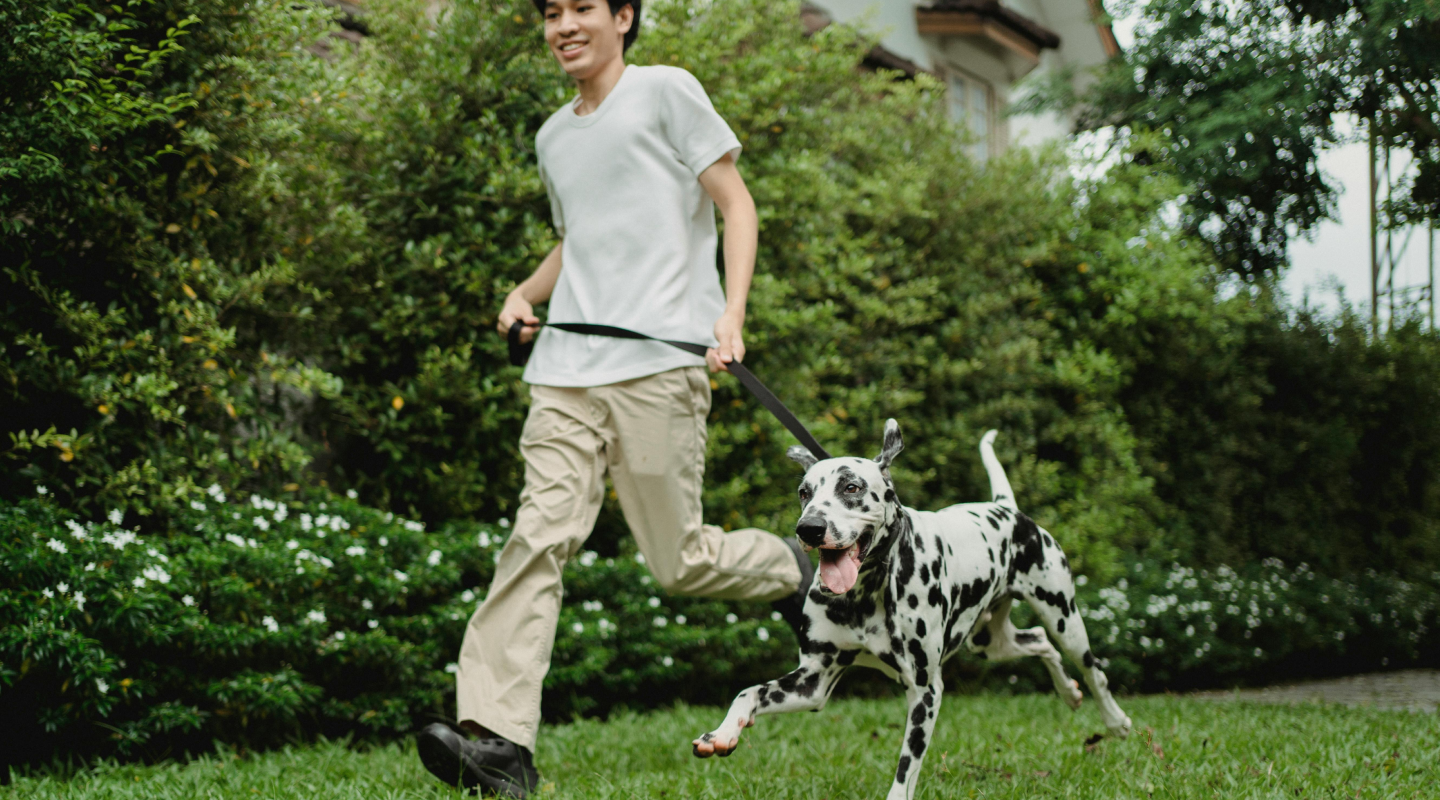
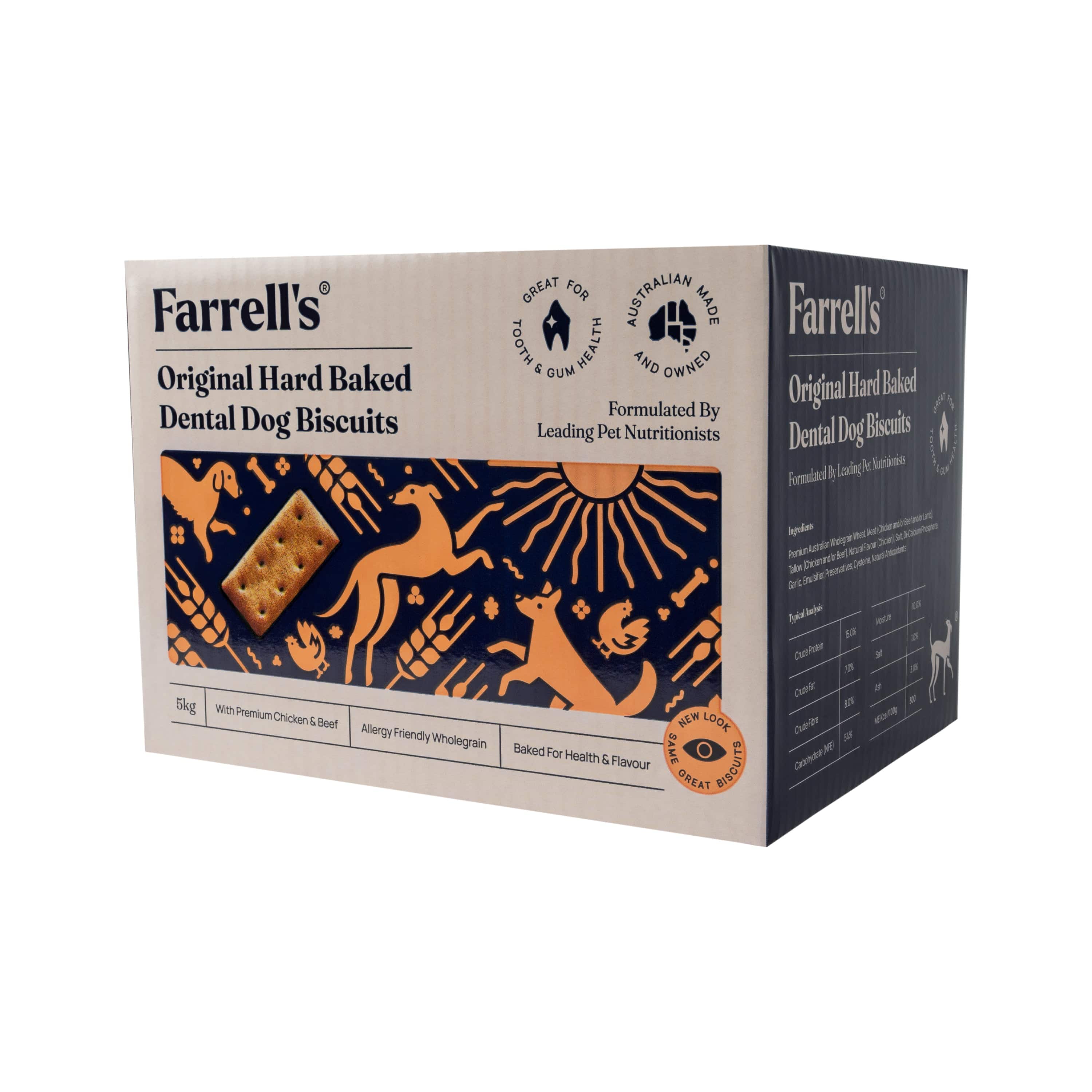
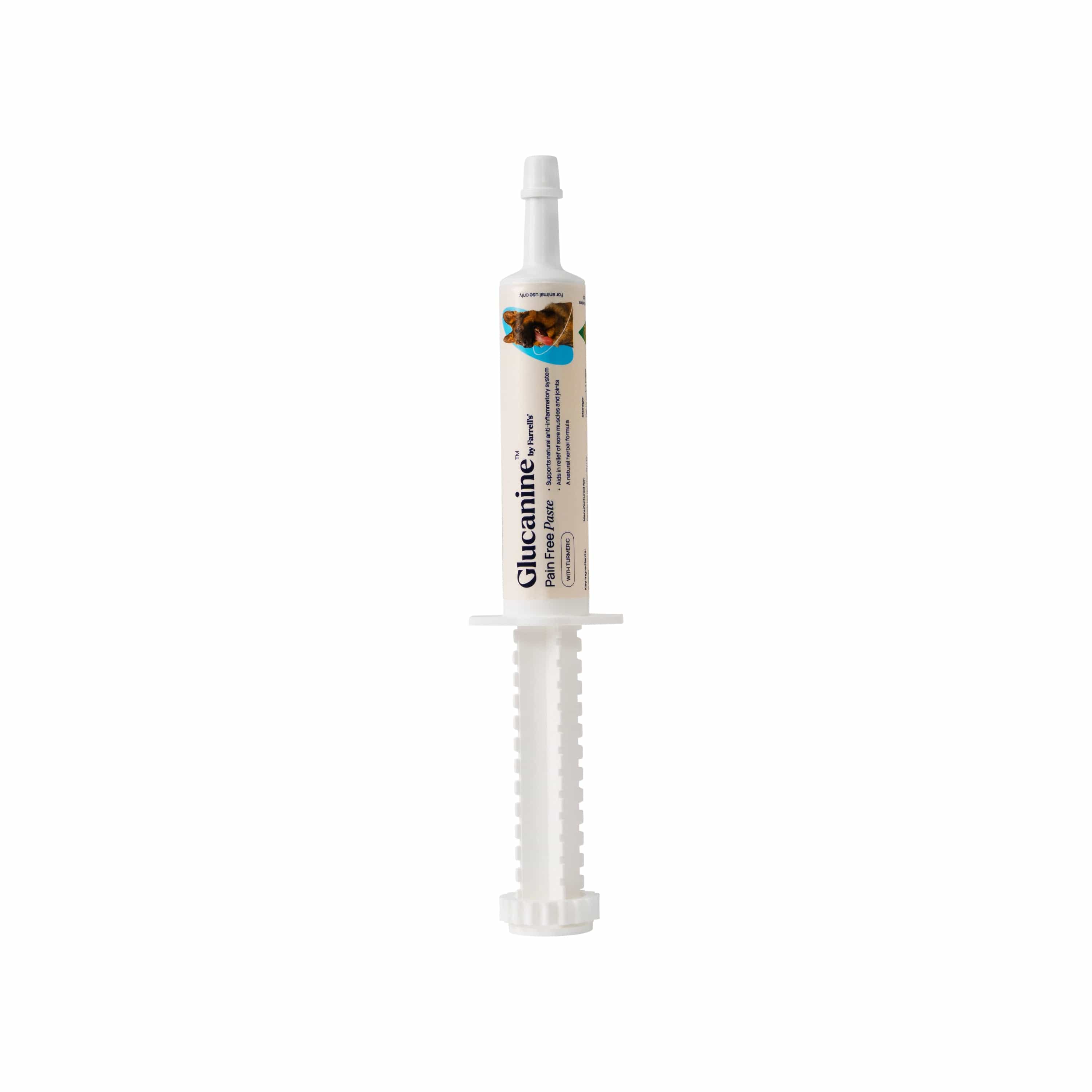
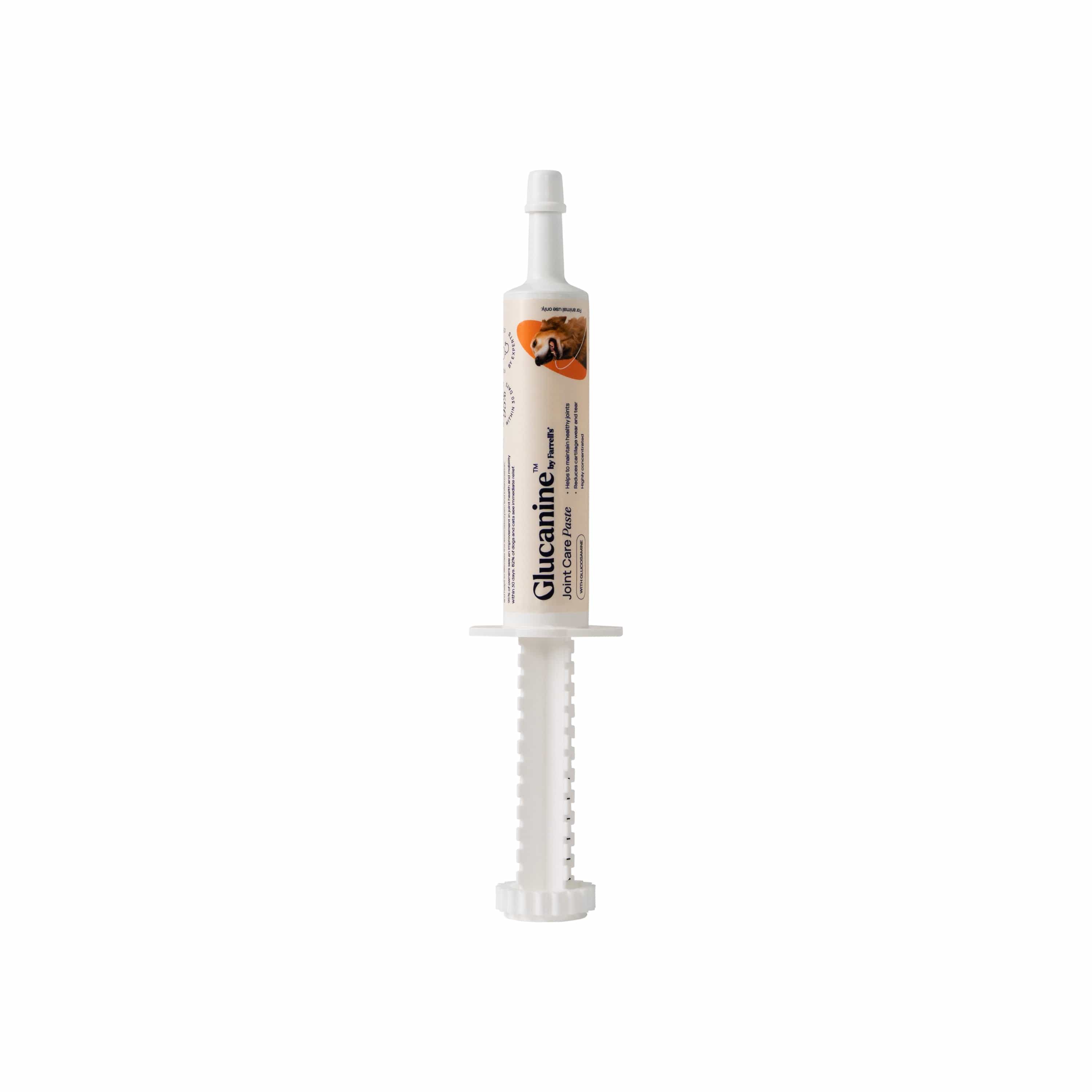
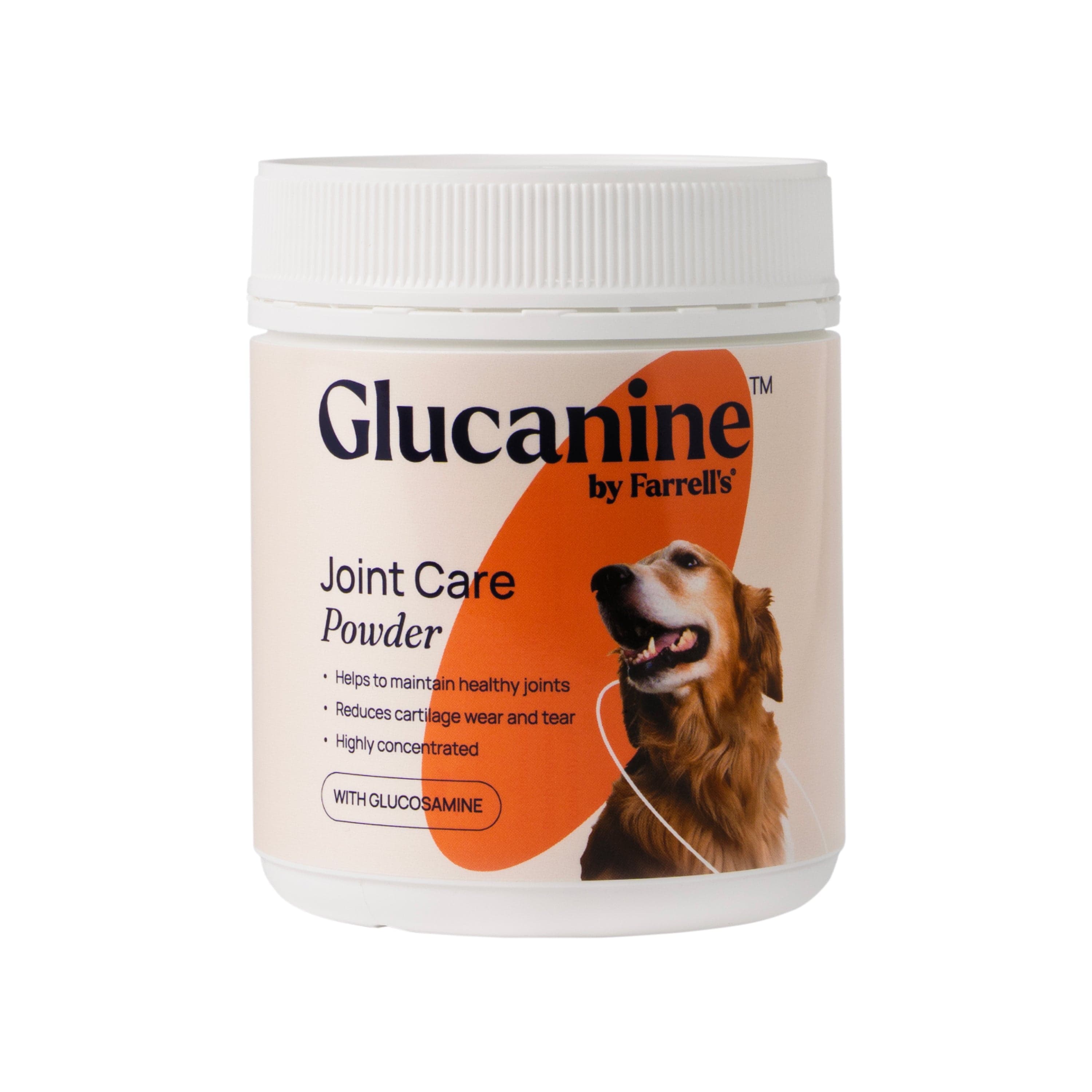
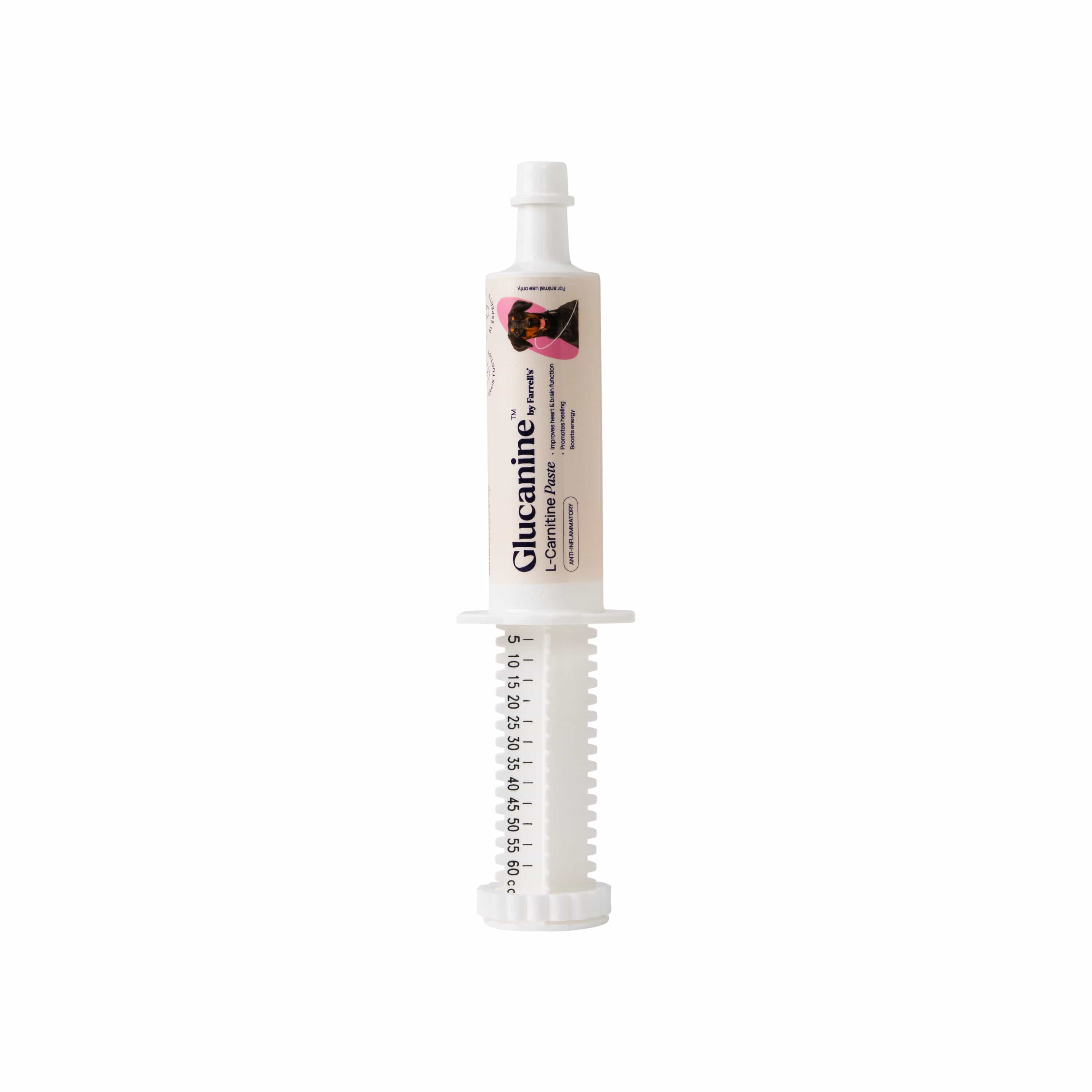
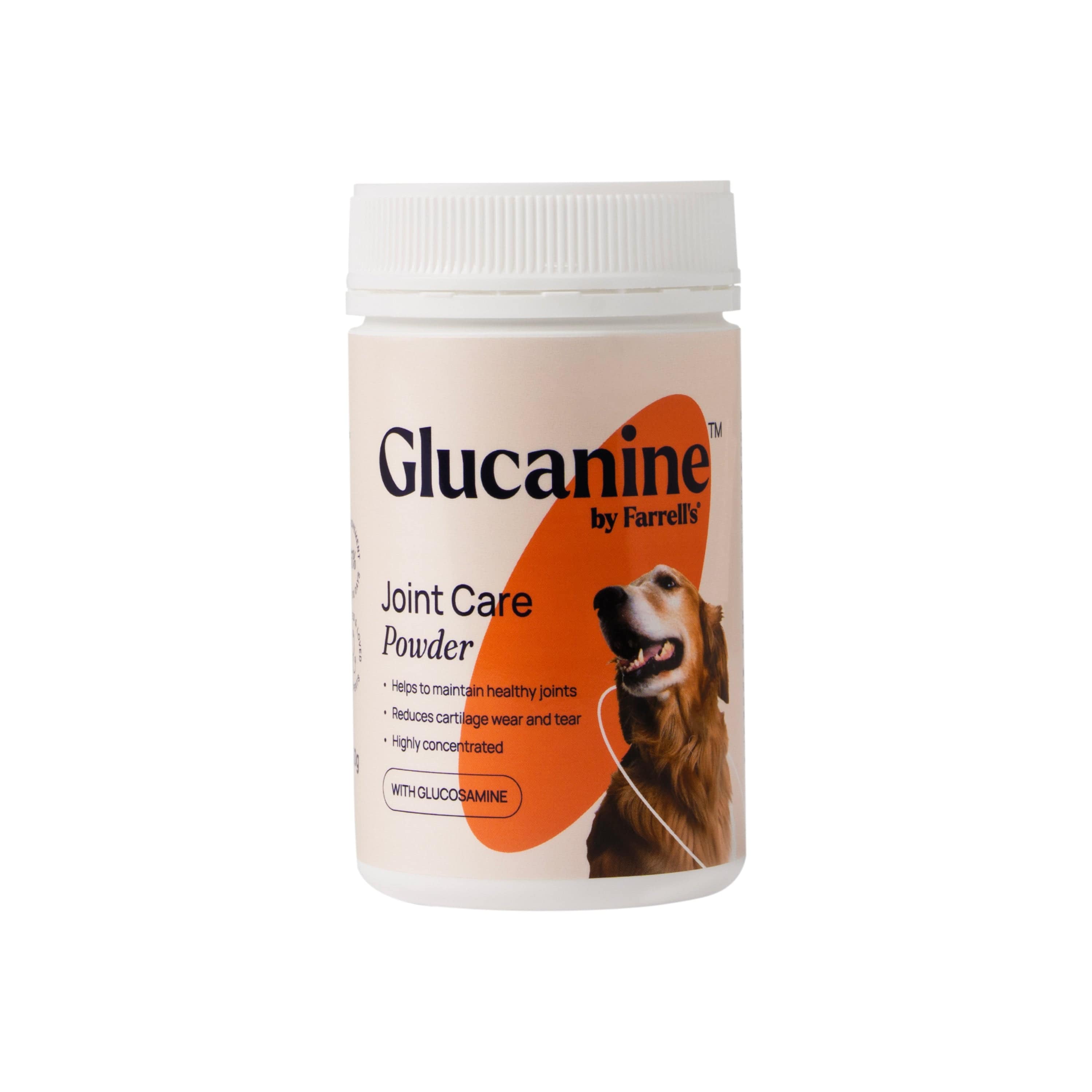
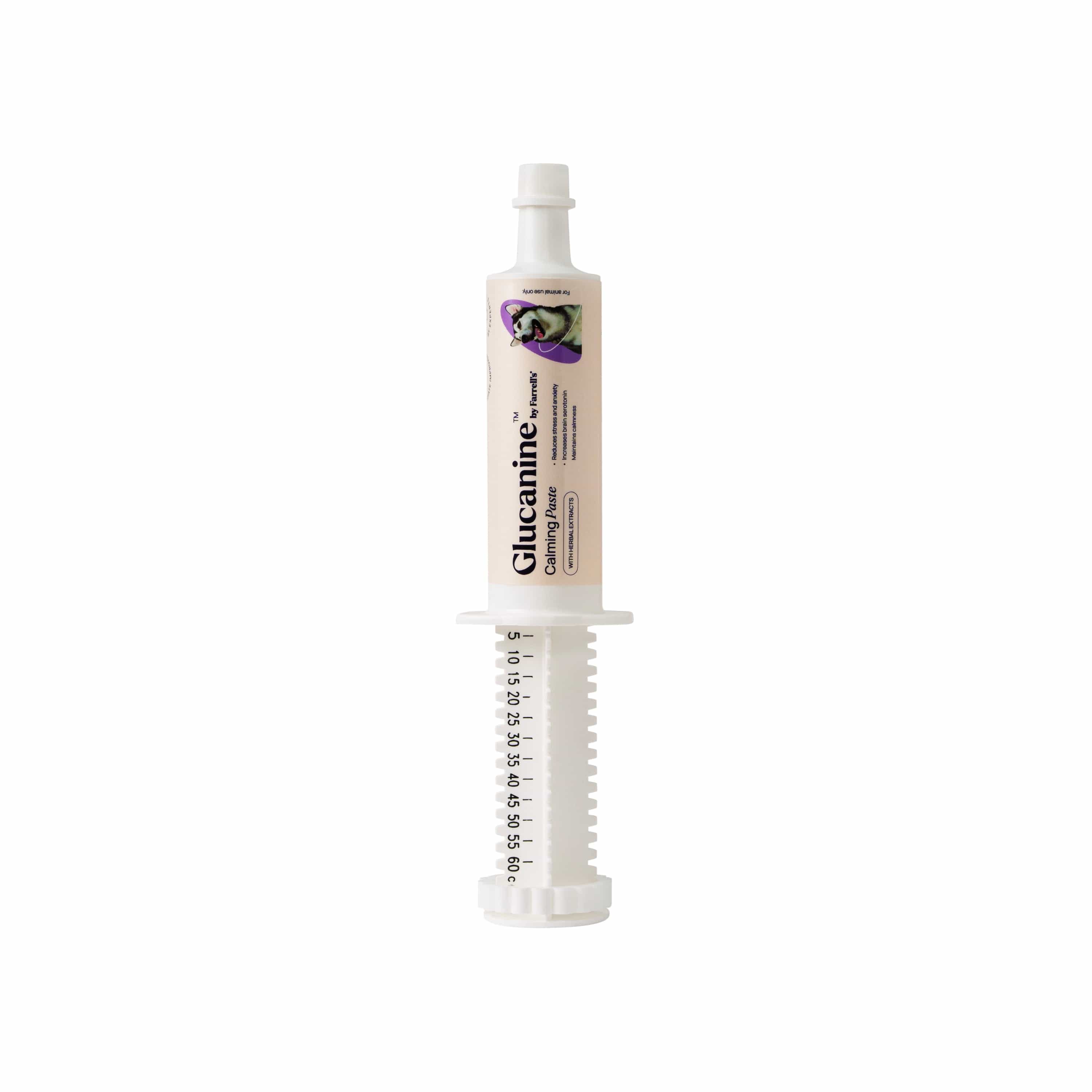
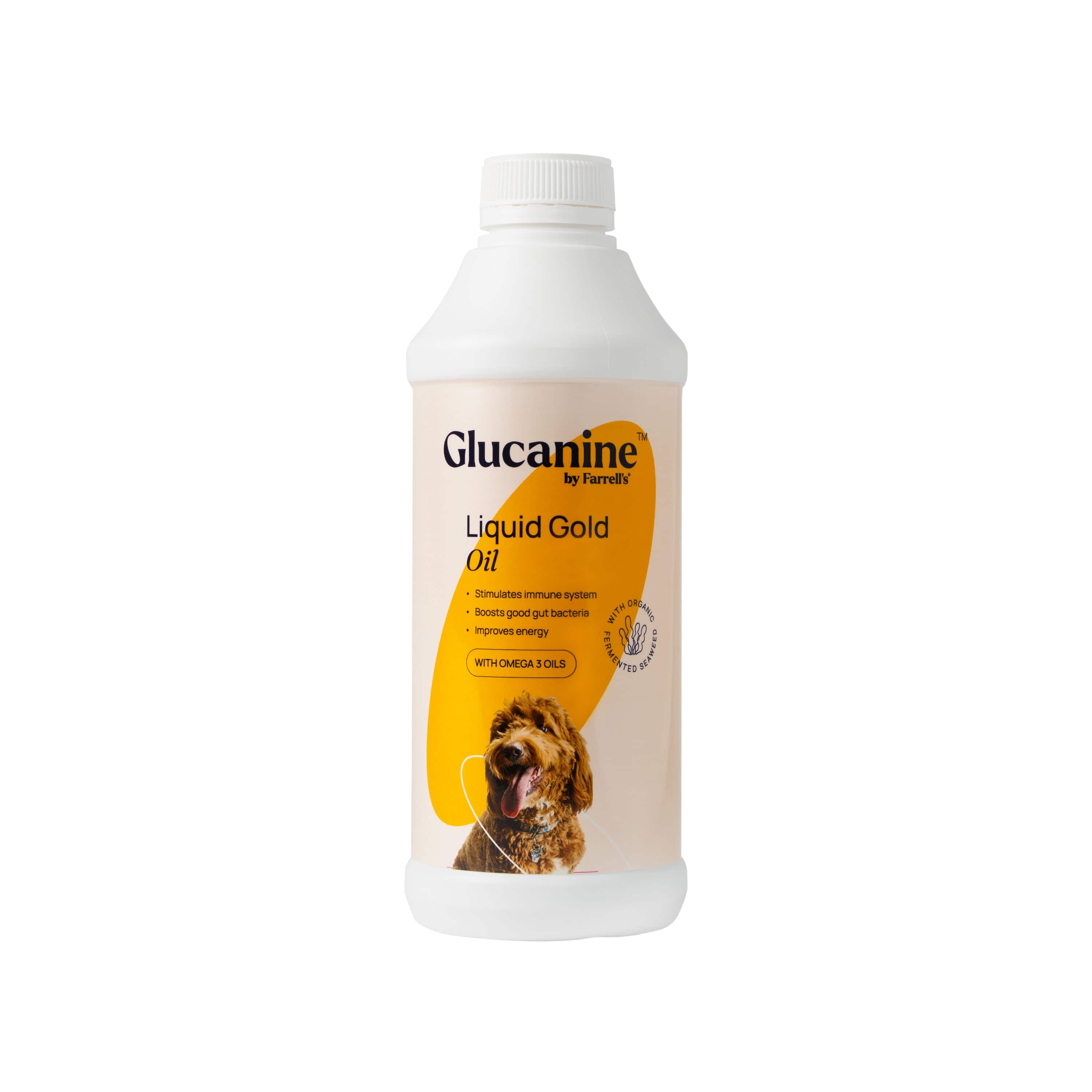
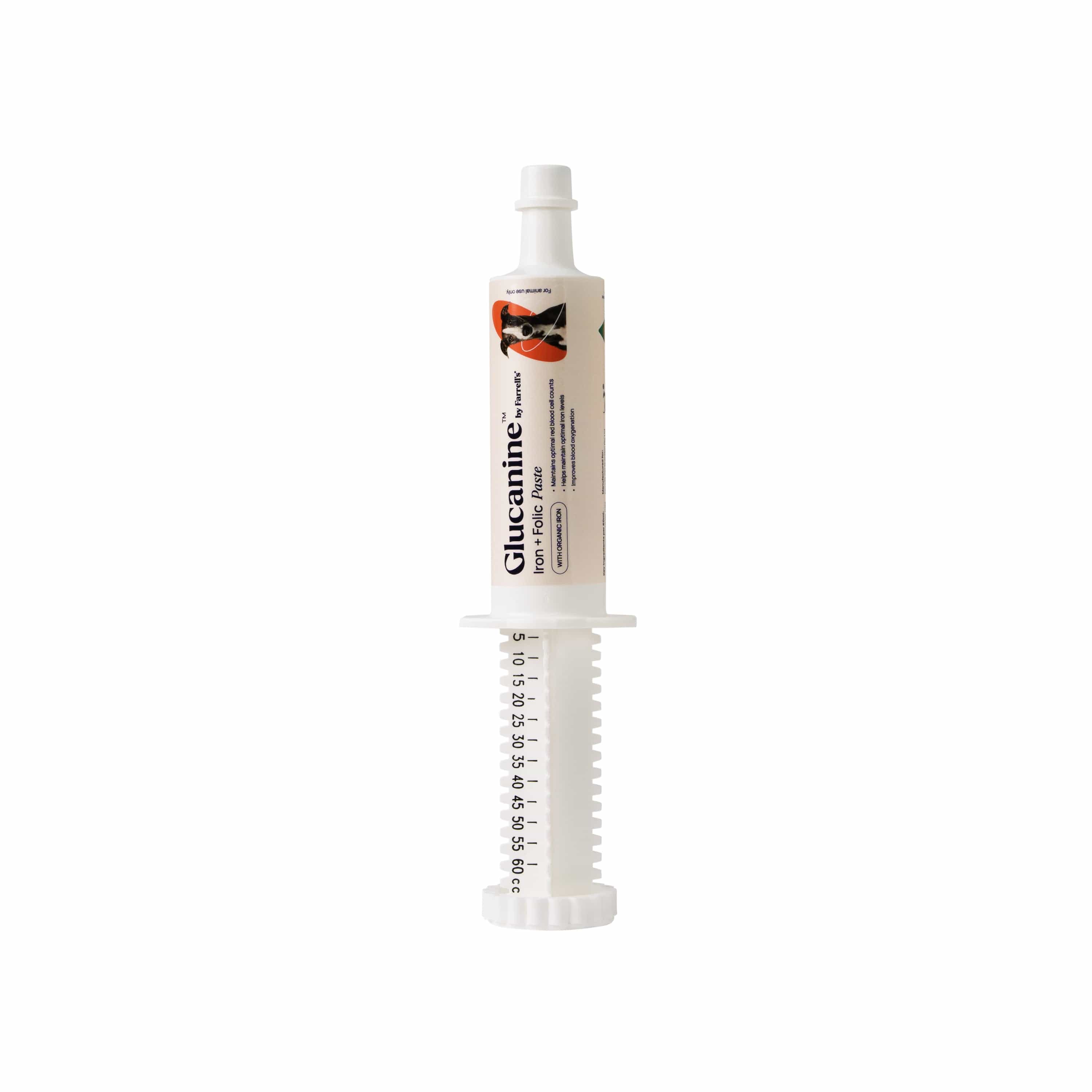
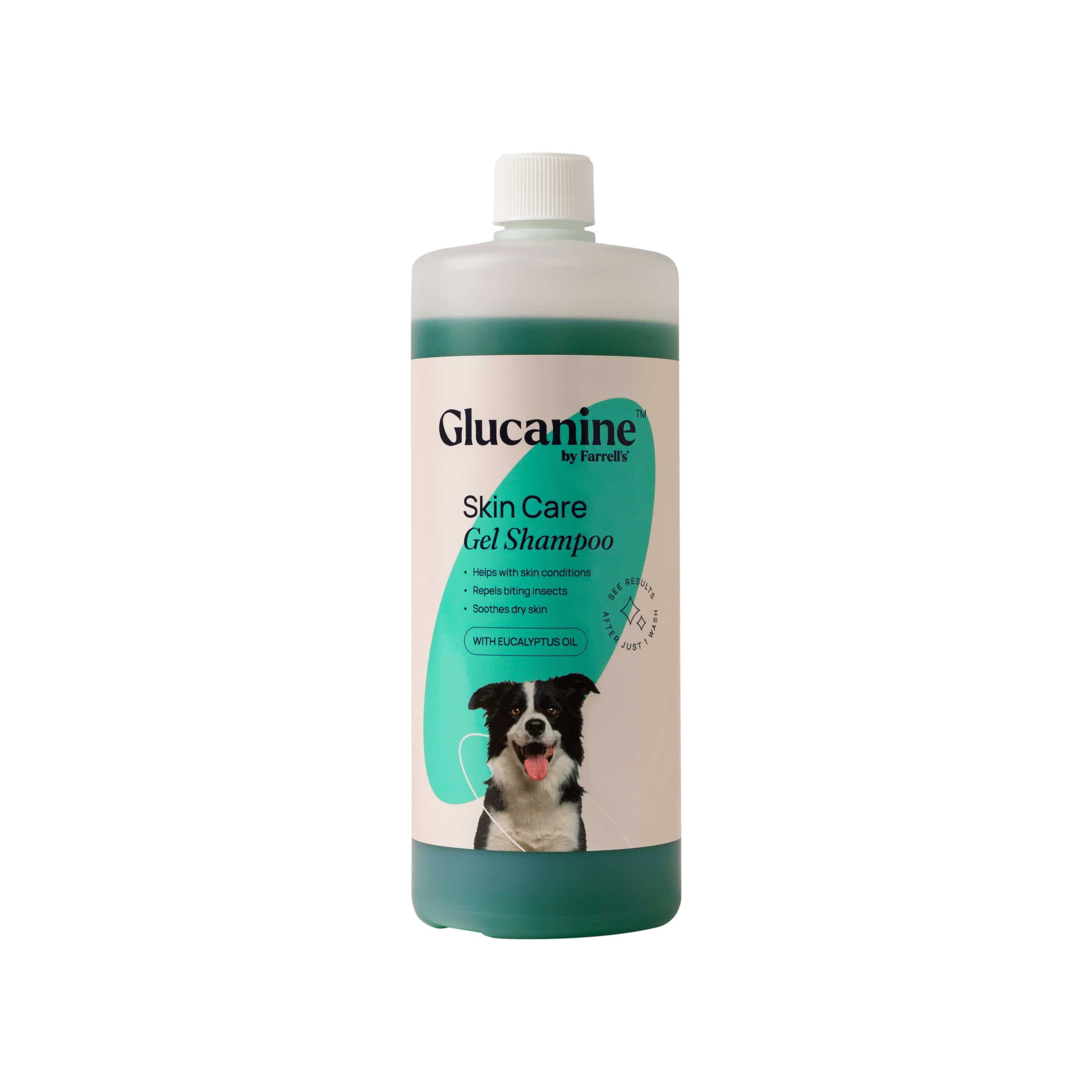
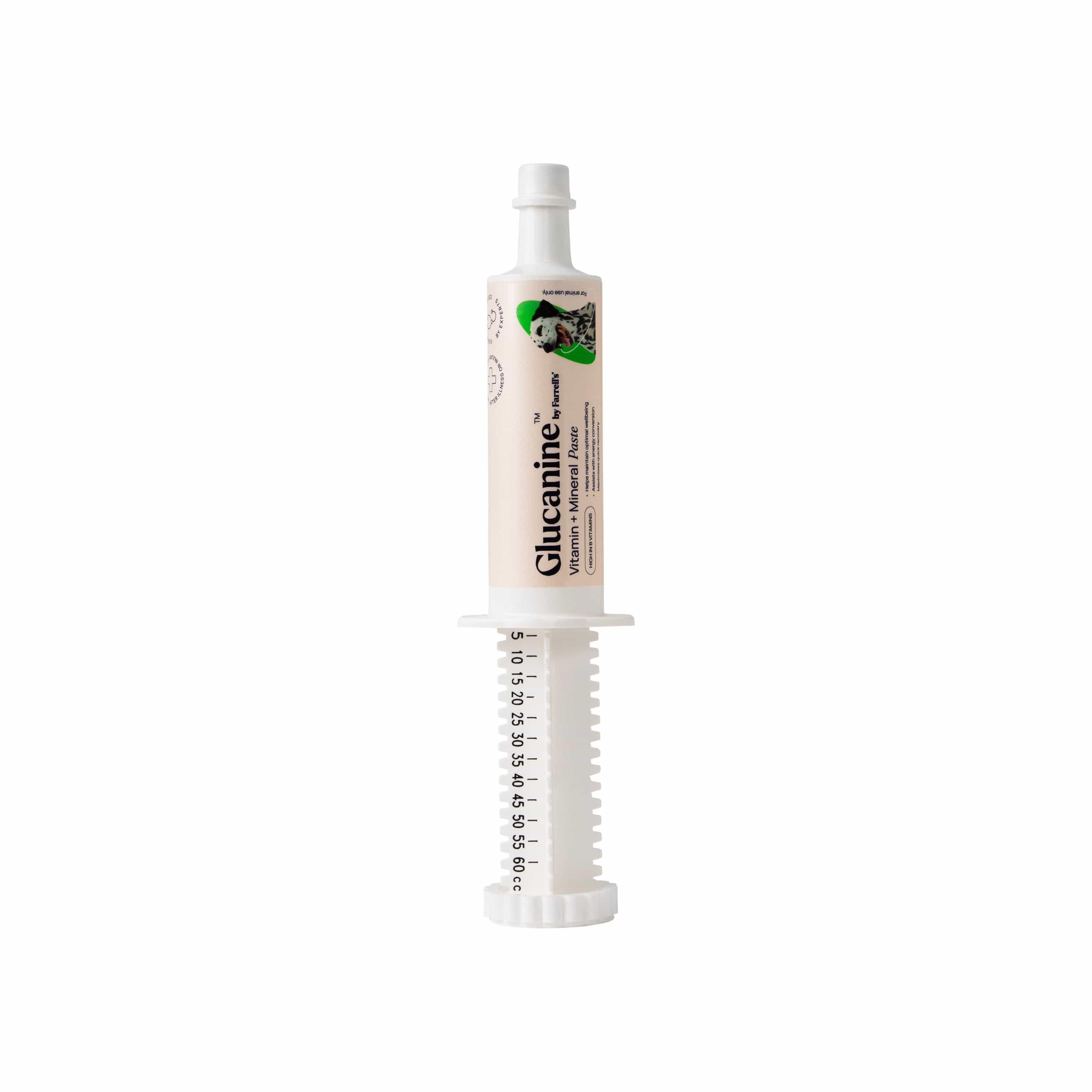
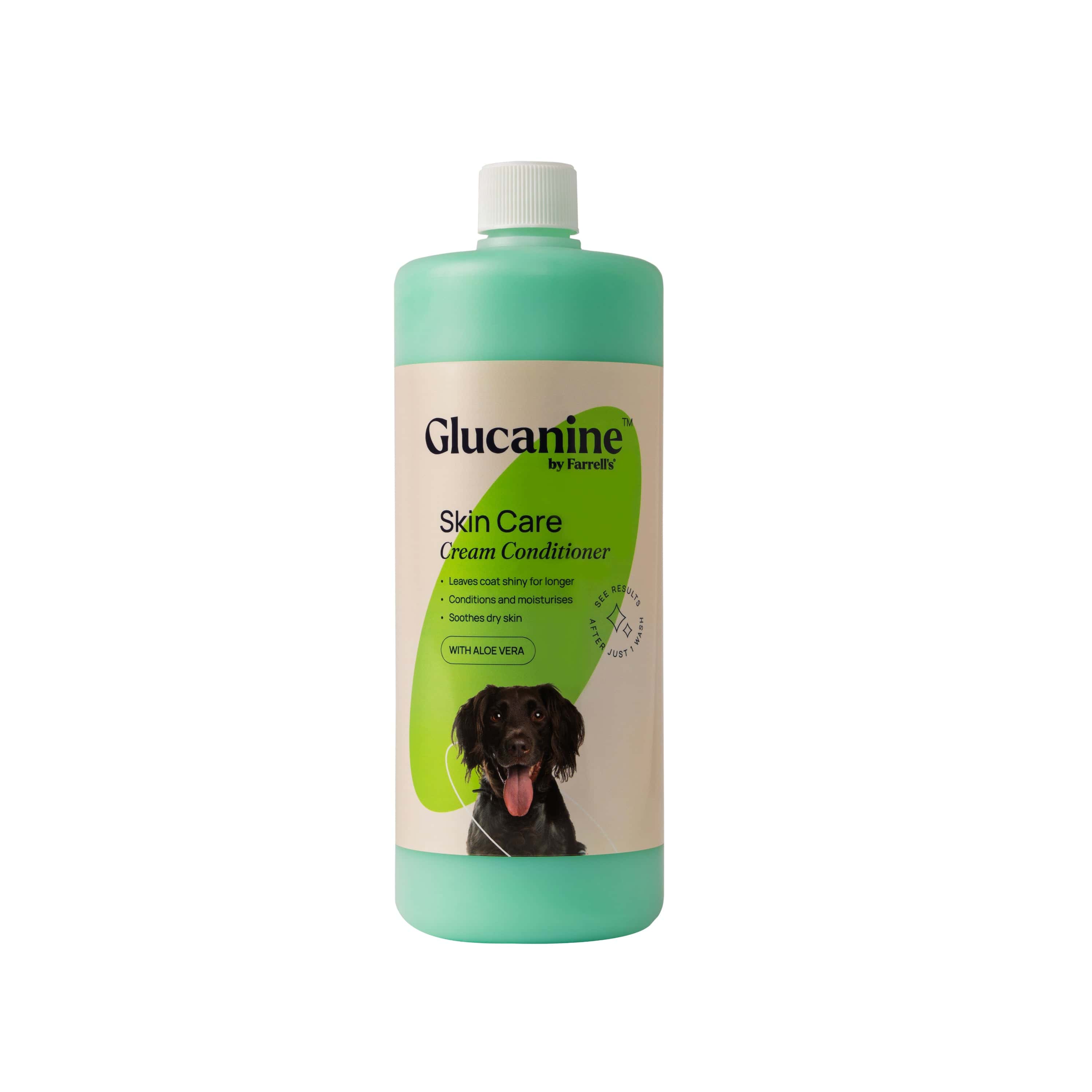
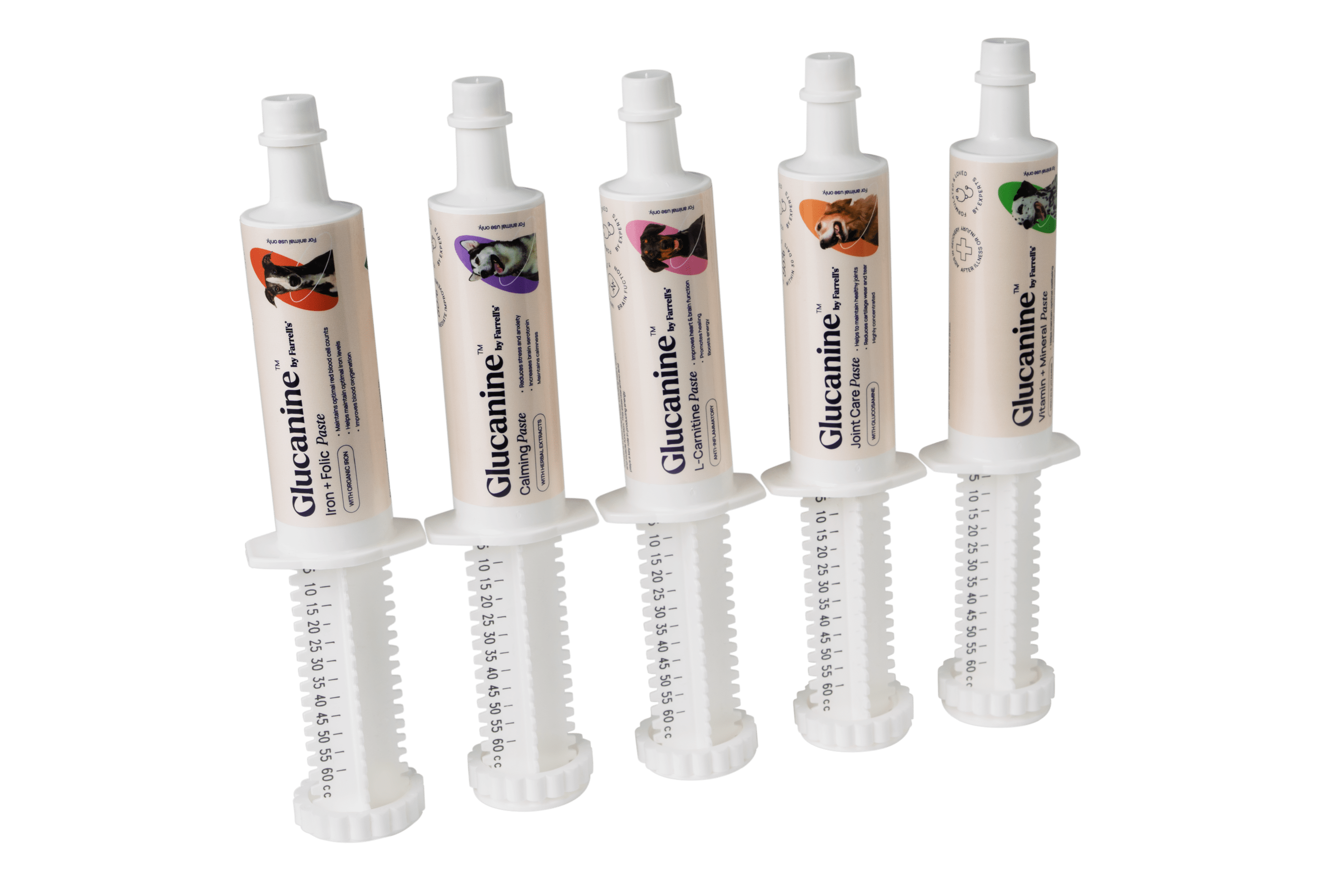
Leave a comment
All comments are moderated before being published.
This site is protected by hCaptcha and the hCaptcha Privacy Policy and Terms of Service apply.